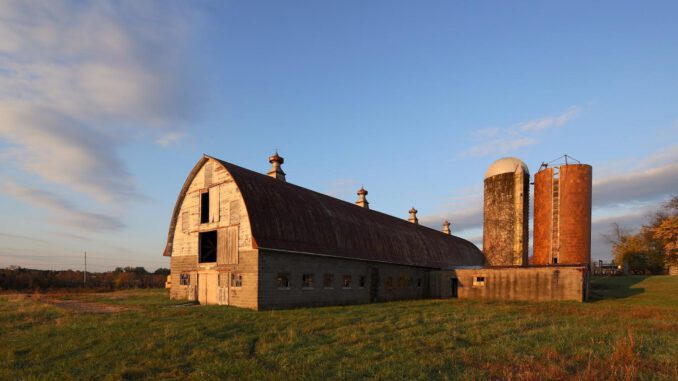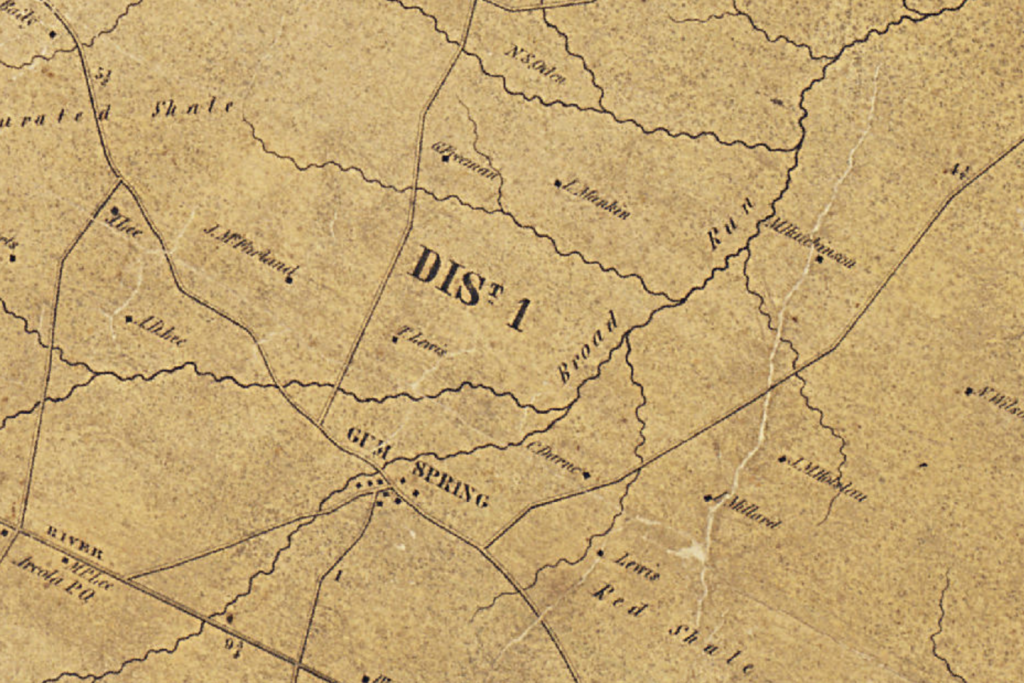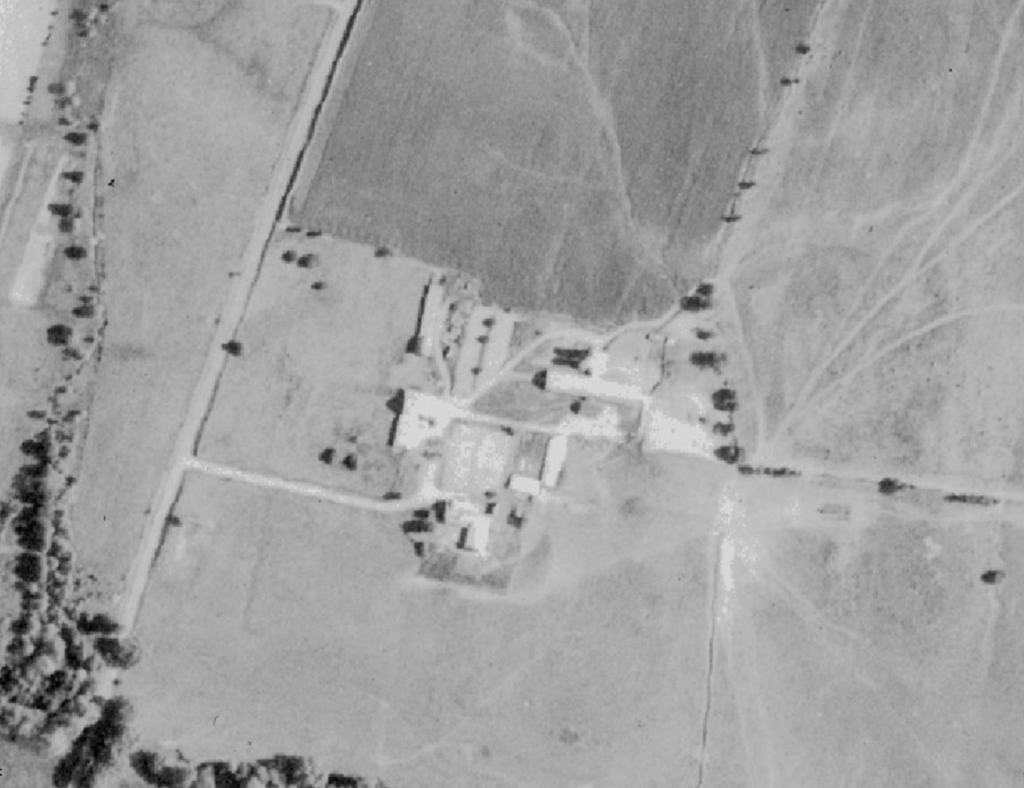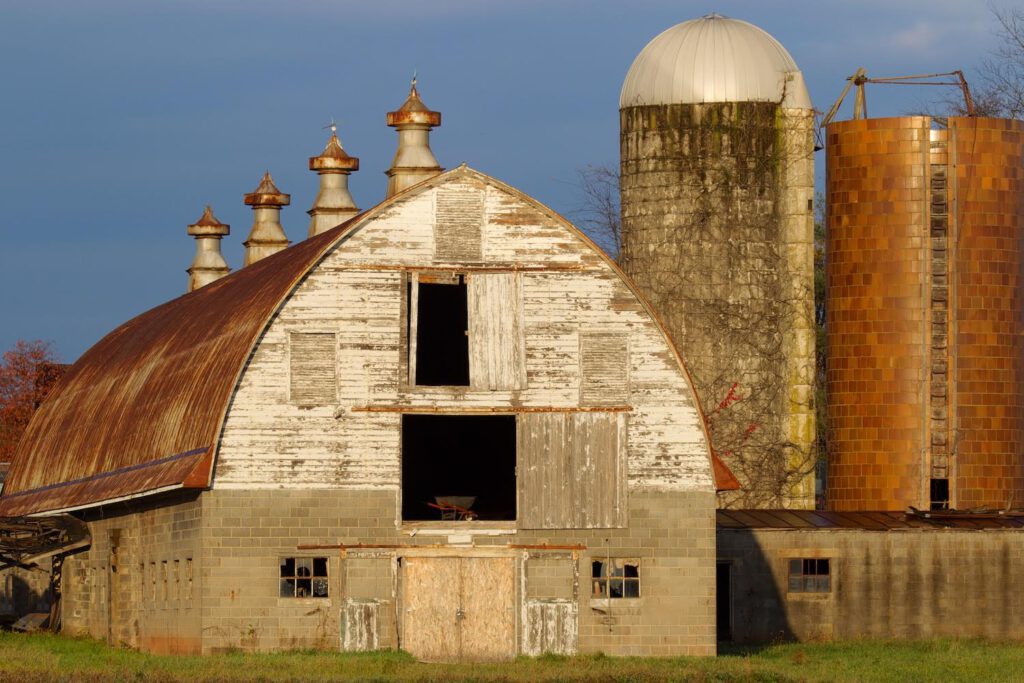
BRAMBLETON’S BARN
By Chris Wadsworth
Driving south on Belmont Ridge Road through Brambleton, you are surrounded by lovely homes in every direction. The fast-growing Ashburn neighborhood has quickly gone from farmland to thriving suburban community, and Belmont Ridge is a wide, divided boulevard.
But as you cross Evergreen Mills Road, the road begins to narrow — almost as if to signify you’re traveling back in time. And there, on your left, stands an old dairy barn and silo — sentinels of a time before Brambleton was Brambleton.
“I drive down that way constantly,” said Brambleton resident Jenna Warren. “The barn is very picturesque, but I don’t know why it’s still there. I’m very curious.”
Turns out, the barn is one of the last vestiges of the area’s rich agricultural past – and the good news is the barn is being preserved for the future too.
The researchers and librarians at the Thomas Balch Library in Leesburg did some digging and said the property on which the Brambleton barn stands today was once part of Thomas Lewis’ land. Indeed, his name shows up on a map of the county from 1853. It was sold several times over the years – including to one owner who had the interesting name Sirlanselot Karner.

By the late 1800s, according to a history from the Brambleton HOA, the area around the barn was known as Royville. The nascent town featured a school, about where the Brambleton rock waterfall is today, as well as a few modest homes and a general store. Royville was named for the son of the store’s owners, John and Ella Hough, after the 14-year-old succumbed to typhoid fever.
Eventually, Royville faded away – the school was closed, Ella Hough passed away and the store closed, too. The land was bought by several farmers, including a name many in the area might recognize – L.B. “Billy” Creighton, who bought the property and operated a large stock farm there. Today’s nearby Creighton Farms neighborhood and the local Creighton’s Corner Elementary School are two places that bear his name.
In 1944, the Cornelius brothers from Fairfax County moved to present-day Brambleton with a herd of 84 cows. They set up a 300-acre dairy farm, leading to a revolution in farming in the area. According to the notes, Loudoun County eventually became the leading dairy-producing county in the state, a title it held into the 1960s.

The Brambleton barn was part of the Cornelius’ property. Historic records indicate it was built in the 1950s, but the former farm that it served was certainly much older. It appears in several archival aerial photos that date back to the 1930s.
The barn is what’s known as a gothic barn or a gothic-arch barn due to the shape of its roof. The four metal ventilators on top – sometimes called cupolas – aren’t just for show. They help keep air circulating through the building.
Two silos originally stood next to the barn, as seen in the photographs. Sadly, the silo that is dark orange and red in color was recently razed due to instability and safety concerns.

Despite their time-worn look, the Brambleton barn and the remaining silo have a bright future. The space around it has already been used for neighborhood events, such as Fourth of July fireworks. Soon, the developer of the community plans to give the barn a major makeover. In the future, the dairy barn will be used as a performing arts center and community center for concerts, weddings and special events. The Brambleton Presbyterian Church also intends to hold its Sunday morning services there.
“The plans are still very fluid as we work with our architect and land planners,” said Kim Adams, director of marketing for Brambleton, who added that work on the barn structure should begin later this year.
Passersby will notice work happening on the property around the barn. Adams says that planting and berm work is already underway. There are no final architectural drawings yet of what the finished community center will look like, but the good news is this piece of Ashburn’s history will stay right where it is – a reminder of the community’s rich history from centuries past.
